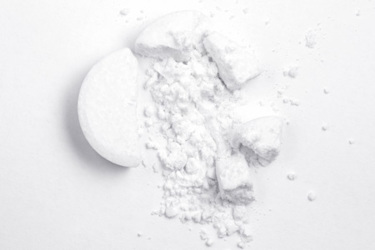Expanding The OSD Toolbox: An Industry Approach To Adsorb Lipids Onto Powder Substrates For Enhanced Dissolution Of BCS Class II And IV APIs
By Bobby Sciscento

Recent advancements in high-throughput screening techniques have enabled the accurate prediction of stable, highly selective compounds with promising therapeutic profiles. However, many of these active pharmaceutical ingredients (APIs) suitable for oral solid dose manufacturing fall into Class II (low solubility, high permeability) or Class IV (low solubility, low permeability) of the Biopharmaceutical Classification System (BCS). These classifications highlight a common challenge: low solubility, which complicates the formulation of oral dosage forms and can hinder effective drug delivery.
Furosemide, a diuretic prescribed for fluid retention due to congestive heart failure, liver, or kidney diseases, serves as an example of a BCS Class IV compound. With an aqueous solubility of 73 μg/mL and only 10-20% oral bioavailability, furosemide exhibits significant variability in absorption. This study uses furosemide as a model to demonstrate a solubility-enhancing platform within a solid oral tablet matrix. By incorporating high-performance lipids and surfactants into the tablet formulation, the dissolution rate of 20 mg furosemide tablets was significantly improved, offering promising insights for formulating more effective solid oral dosage forms for poorly soluble compounds.
Get unlimited access to:
Enter your credentials below to log in. Not yet a member of ECM Connection? Subscribe today.
